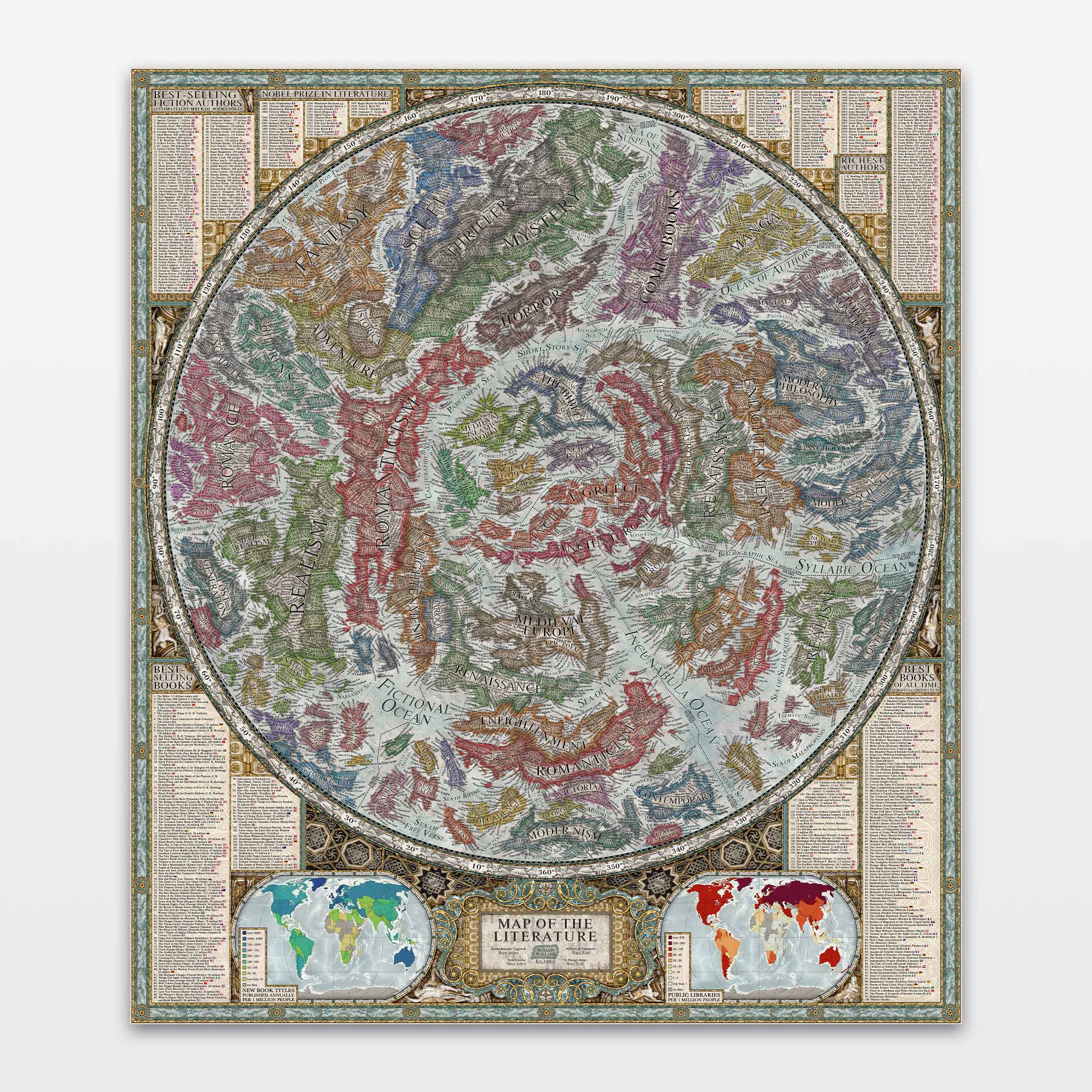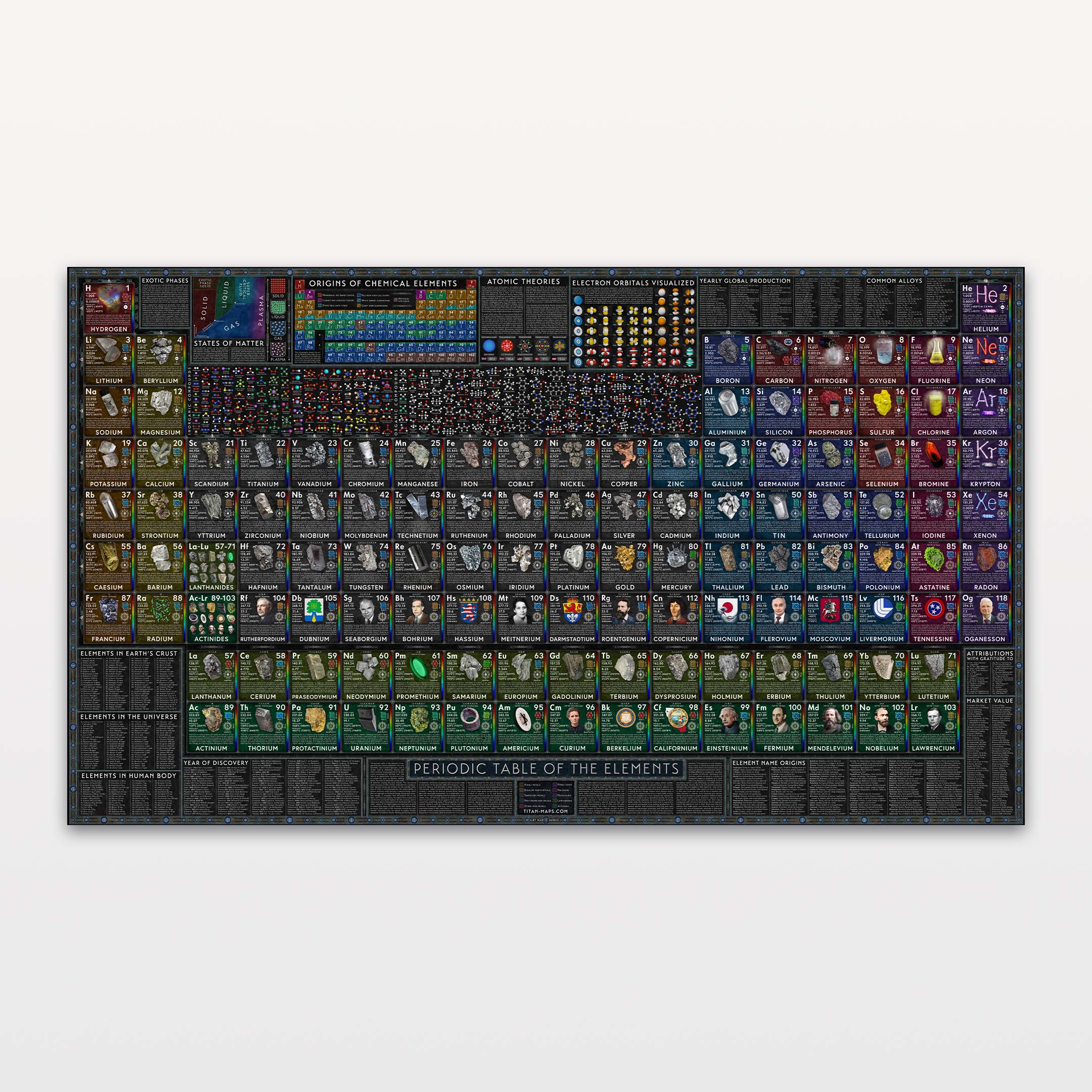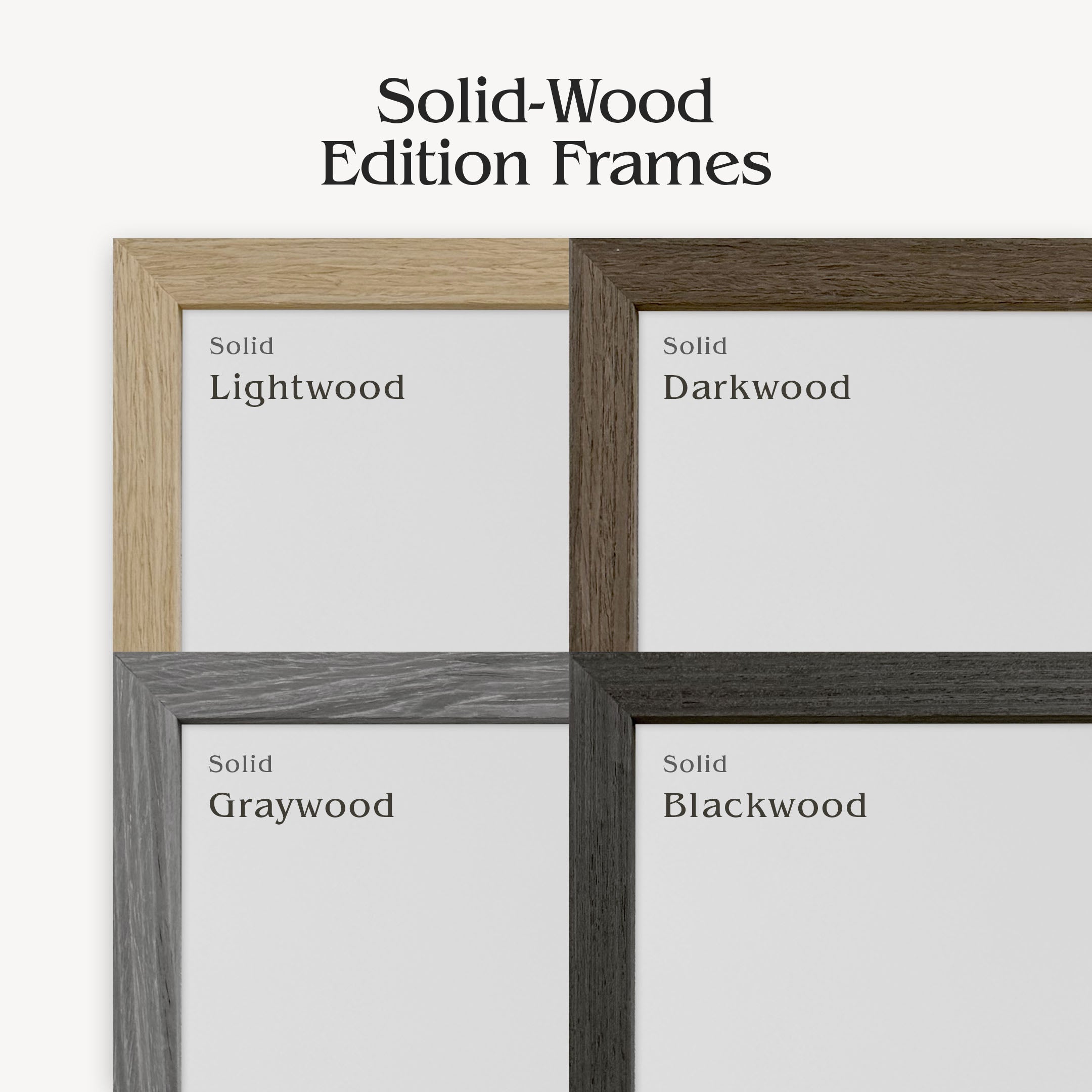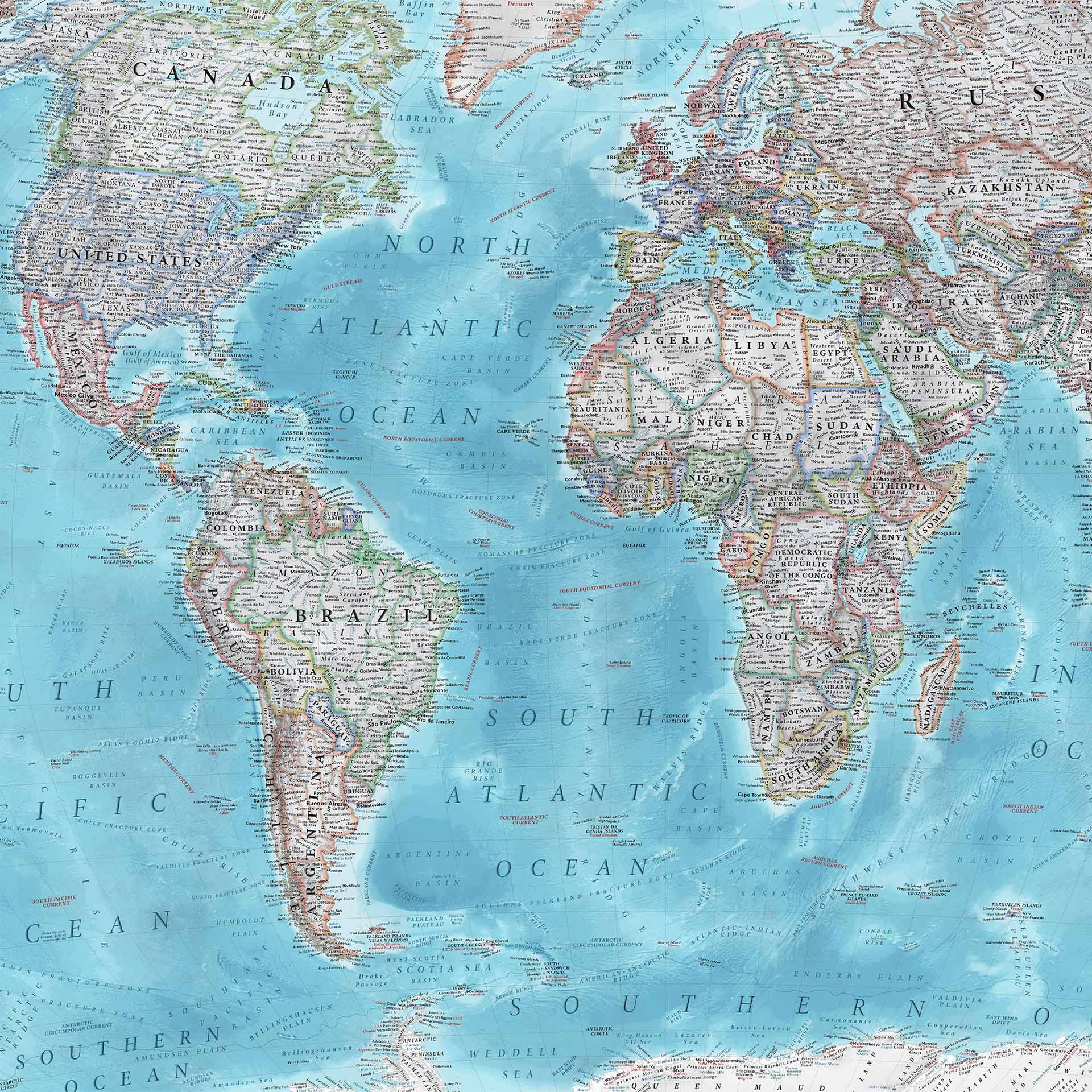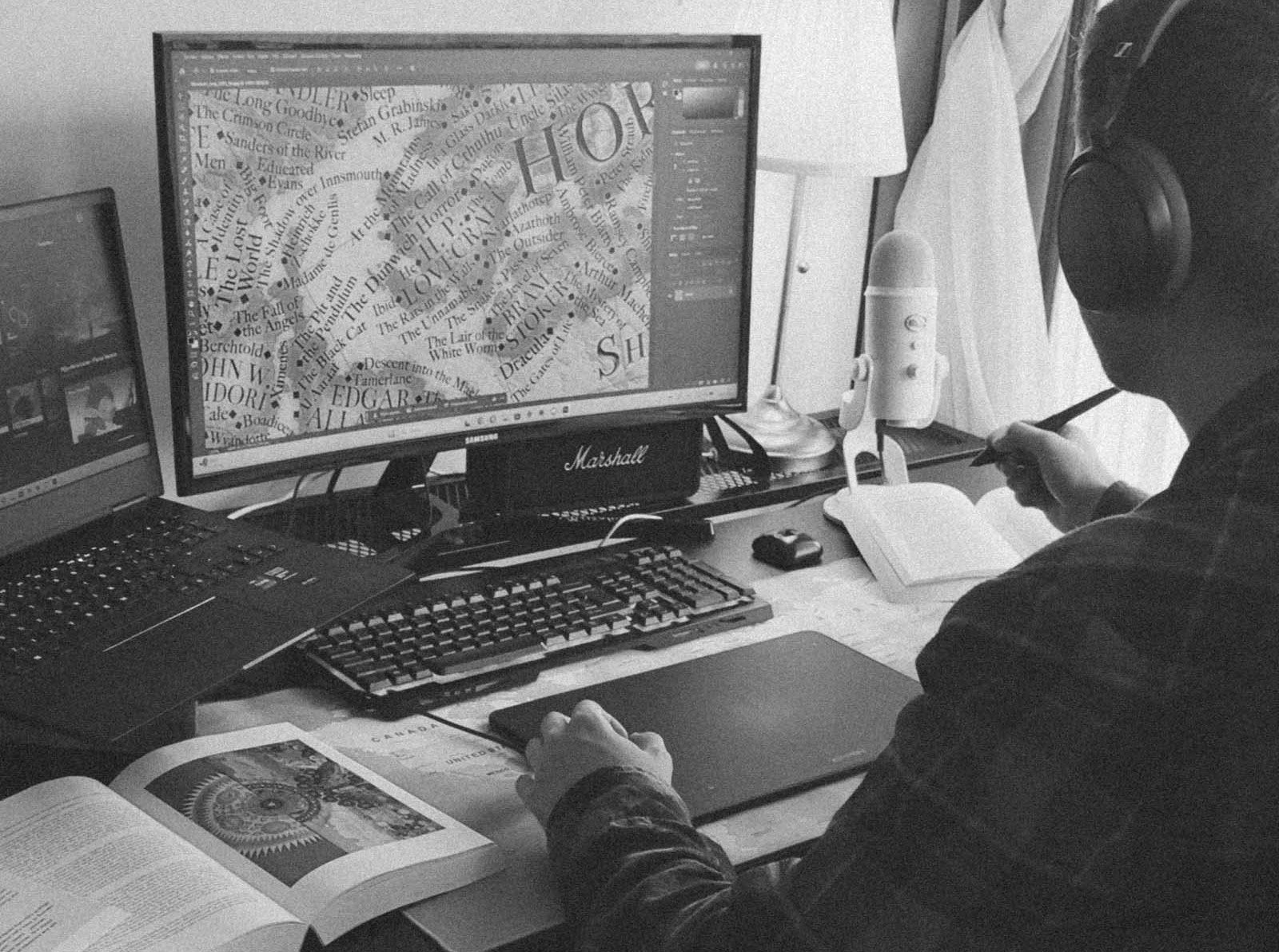After months of hard work and many sleepless nights, I am incredibly grateful to present the finished Map of the Literature—now available as a premium poster on titan-maps.com!
This is a truly gargantuan visualization of 5,000 years of literary masters and their works, showing how different genres sprouted, branched, and evolved into their modern forms.
The high‑resolution map catalogues over 7,000 writers, poets, and dramatists, along with the novels, poems, and plays they created.
Every dot on the map represents a single author, and every small rhombus represents a literary work. The most important and well‑known writers of each genre and era have their own small “country” dedicated to them, featuring their most influential works as “cities.”
How the Map Unfolds
The map begins at its very center, with the literature of the Ancient Sumerians, Akkadians, and Egyptians—the core of what we now regard as the Western literary tradition. Close by are the religious texts of the three major Abrahamic religions, which share many tropes and myths with the Middle Eastern cultures from which they emerged.
From there, the map flows outward to the archipelago of ancient Greek authors, where we see the early foundations of prose, poetry, drama, and philosophical non‑fiction. Each of these forms spirals and branches outward through the flow of time, with the entire map ultimately dividing into several “continents”:
-
Prose (by far the largest)
-
Poetry
-
Non‑Fiction
-
Drama
The Story of Prose
The origins of prose trace back to the earliest books ever written, yet for centuries it was overshadowed by poetry, which was widely regarded as the more artistic and masterful medium for expressing thought and emotion. Only in the wake of the Renaissance did prose begin to rival poetry, with groundbreaking works such as Don Quixote by Miguel de Cervantes and The Canterbury Tales by Geoffrey Chaucer.
During the Renaissance, prose and poetry split into two distinct “continents.” Moving forward through the Age of Enlightenment—with authors such as Daniel Defoe and Jonathan Swift—we arrive at the realm of Romanticism in the late 18th and early 19th centuries, often called the golden age of literature. Here, we find immortal authors like Victor Hugo, Goethe, Stendhal, Jane Austen, and Edgar Allan Poe.
From Romanticism, prose evolves into diverse realms.
One branch is dedicated to popular genre fiction, covering the books most people recognize from their own bookshelves: Fantasy, Science Fiction, Romance, Children’s Literature, Adventure, Young Adult Fiction, Thrillers, Mystery, Horror, and even Transgressive Fiction—featuring cult authors like Anthony Burgess, George Orwell, and Chuck Palahniuk.
The other branch celebrates high prose and art movements that transcend strict genre boundaries. Romanticism gives way to Realism, which sought to portray life as it truly is—through the eyes of ordinary people—rather than idealized visions. This includes giants such as Leo Tolstoy and Fyodor Dostoyevsky in Russia, Charles Dickens and the Brontë sisters in the UK, and Mark Twain and Jack London in the United States.
From there, prose transitions into the complex realm of Modernism—a mosaic of movements including the Lost Generation, Beat Generation, Surrealism, Expressionism, and Magical Realism—finally arriving at Postmodernism, represented by authors such as Paulo Coelho, Yann Martel, and Salman Rushdie.
Poetry and Drama
The evolution of poetry and drama mirrors that of prose.
After the Middle Ages, we encounter Renaissance poets like Giovanni Boccaccio, Petrarch, John Milton, and Edmund Spenser. Romanticism marked the peak of English poetry, with Alexander Pushkin, Friedrich Schiller, Lord Byron, Robert Burns, Percy Bysshe Shelley, and the famed Lake Poets such as William Wordsworth.
Modernist poetry became even more diverse, with movements such as Dadaism, Futurism, Parnassianism, Symbolism, and Decadence flourishing—particularly in late 19th‑ and early 20th‑century France.
Drama’s journey begins with the great Ancient Greek playwrights—Aeschylus, Sophocles, and Euripides—before passing through the Christian mystery plays of the Middle Ages and into the Renaissance. The largest single territory on the entire map belongs to William Shakespeare, featuring over 30 of his plays, including Hamlet, Romeo and Juliet, and Othello.
Through the Enlightenment and Romanticism, theatre thrived with playwrights such as Henrik Ibsen, Anton Chekhov, and George Bernard Shaw. Realism then leads to modernist and postmodernist theatre, including Bertolt Brecht’s Epic Theatre and Samuel Beckett’s Theatre of the Absurd, eventually reaching contemporary drama with Tracy Letts and Tennessee Williams.
Non‑Fiction
A significant portion of the map is dedicated to non‑fiction, beginning with ancient scientific treatises, historical chronicles, and philosophical works. Here we find Euclid, Herodotus, Plutarch, Plato, and Aristotle in Greece; and Tacitus, Seneca, and Cicero in Rome. Influential Church Fathers such as Augustine of Hippo and Tertullian also appear prominently.
Progressing through the Middle Ages with figures like Thomas Aquinas, Duns Scotus, and the Venerable Bede, the Renaissance introduces Machiavelli and Leonardo da Vinci. The Enlightenment ushers in the Age of Reason, the rise of modern science, and the philosophies of empiricism, rationalism, and idealism—with thinkers like Isaac Newton, Euler, Leibniz, Voltaire, Locke, and Kant, alongside many of the Founding Fathers.
Modern non‑fiction covers philosophy, psychology, and science, featuring Charles Darwin, Albert Einstein, Richard Feynman, and Stephen Hawking; psychologists Sigmund Freud and Steven Pinker; and philosophers Bertrand Russell, Albert Camus, Jean‑Paul Sartre, Karl Marx, Hegel, and Ayn Rand.
On the periphery lies a large island dedicated to popular non‑fiction—today’s best‑selling category. This includes the popular science of Carl Sagan, Michio Kaku, and Jared Diamond; self‑help and motivational works; practical manuals and cookbooks; and memoirs such as Long Walk to Freedom by Nelson Mandela and The Diary of Anne Frank.
Graphic Novels
Finally, the map features a micro‑continent devoted to graphic novels and comics. Although a relatively young literary form, its cultural impact over the last 80 years has been profound, with billions of readers worldwide. Here you’ll find legendary comic creators like Stan Lee and René Goscinny, alongside iconic graphic novelists Alan Moore and Frank Miller.
A Literary Universe in One Map
All of this—and so much more—has been condensed into a single work of art for the first time in history. Designed in a grand, detailed Beaux‑Arts style with a hint of Baroque, the Map of the Literature is guaranteed to be a stunning, conversation‑starting centerpiece in any room.


